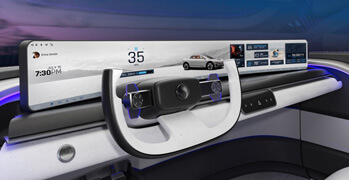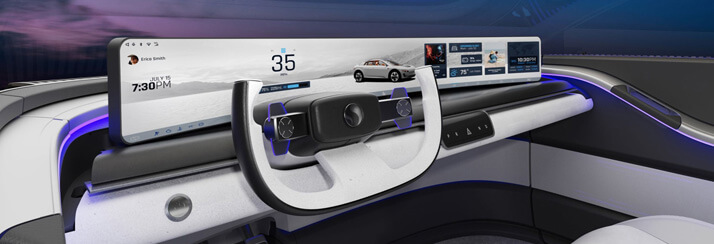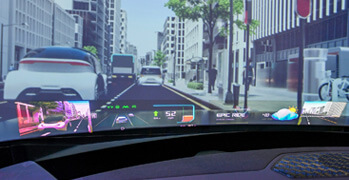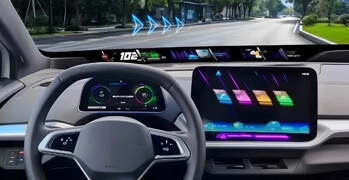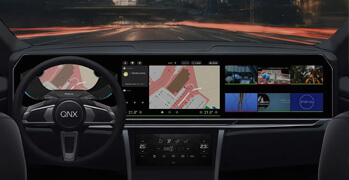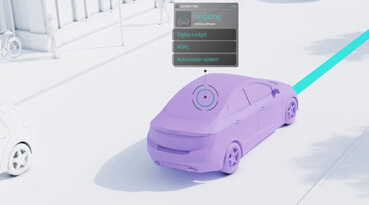

TOMTOM ORBIS MAPS NOW FEATURING IMMERSIVE 3D LANE GEOMETRY FOR ANY ROAD
>> Built for business, TomTom's new maps will facilitate vehicle automation and unlock use cases across industries.
Amsterdam, Netherlands – TomTom (TOM2), the location technology specialist, today announced a significant enhancement to its Orbis Maps by offering immersive 3D lane geometry with unprecedented coverage.
Expanding its lane geometry data through AI-enabled updates, TomTom Orbis Maps now offers lane-level precision that is measured in centimeters, available on a global scale, and continuously refreshed. This expansion is poised to revolutionize how industries utilize mapping technology, driving efficiencies and opening up new use cases across the automotive, logistics, and public sectors.
Most newly released vehicles now come equipped with advanced driver assistance systems (ADAS), which rely on lane-level maps for reliability and safety. As the number of vehicles with automated driving features at SAE Level 2 and above continues to rise, the demand for fresh lane-level maps on all roads continues to grow. However, the hefty costs and extensive resources required up until now to produce such maps have limited their availability.
By harnessing the latest advances in AI, including fundamental vision models, TomTom Orbis Maps can now produce 3D lane geometry for any road type. This feat is made possible by advanced technology that merges crowdsourced observations from production vehicles and dashcams, aerial and satellite imagery, lidar survey data, and more. The resulting 3D map is fresh and cost-effective, featuring wide and highly detailed coverage.
By accurately delineating every road surface and painted line and combining 3D traffic signs and other key objects with behavioral speeds and trajectories of millions of drivers, TomTom Orbis Maps will enable automakers to accelerate their automation ambitions. As such, it enables navigation in complex urban environments through the better anticipation of tricky situations, such as busy intersections, high-speed junctions, and interactions with vulnerable road users.
The automation enabled through this expansion of TomTom Orbis Maps also has far-reaching benefits for other industries. Last-mile logistics can be significantly improved by enabling transport companies to optimize their pickup and drop-off processes, leading to substantial time and cost savings. Urban planners also benefit from greater granularity in map data, which helps them make informed decisions on lane-level traffic management, bike lane and public transport planning, and parking space optimization.
"Our enhancements to TomTom Orbis Maps represent a transformative step in mapping technology," said Mike Schoofs, Chief Revenue Officer, TomTom. "With its unmatched coverage and precision for immersive 3D lane geometry, TomTom Orbis Maps provides a versatile, cost-effective solution for businesses. This innovation not only accelerates the development of automated driving but also provides urban planners and government officials with the insights they need to create smarter, more efficient cities."
